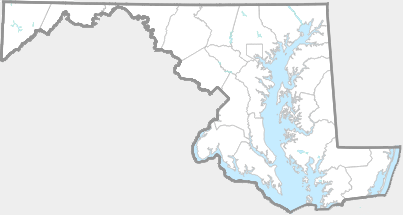

 Synonyms: Ulmus floridana.
Synonyms: Ulmus floridana.


















American Elm and Slippery Elm are the two most common elm species in Maryland. Both species are subject to Dutch Elm Disease, but American Elm is more susceptible than Slippery Elm is. "Dutch Elm Disease was mainly a problem with street trees when streets were curbed and paved, thus restricting the roots of the naturally bottomland trees and stressing them. Native elms in the wild really do not exhibit much of a problem with this exotic pathogen" (Rod Simmons, pers. comm.).
The overall shape of open-grown American Elm trees is vase-shaped. Slippery Elm tends to have rougher upper leaf surfaces than American Elm, but the two species can be difficult to differentiate on this basis. A better diagnostic tool is the winged fruits, or samaras. The samaras of American Elm usually have a pronounced notch at the tip and are hairy along the margins, whereas the samaras of Slippery Elm do not have a pronounced notch at the tip, are smooth along the margins, and tend to be rounder than American Elm samaras. The bark is also different between the two species: If a piece of bark is sliced with a knife, dark and light layers are seen in the cross section of American Elm, whereas the bark is uniformly reddish brown in cross sections of Slippery Elm.
American Elm trees are most commonly found in bottomlands.
Various moth species use American Elm as a host plant including American Dagger Moth, Banded Tussock Moth, Pale Beuaty Moth, and Elm Sphinx (Database of World's Lepidopteran Host Plants).
The Mourning Cloak butterfly may use American Elm as a larval host.
The leaf beetle Calligrapha scalaris uses American Elm as a host plant.
The European Elm Bark Beetle and Banded Elm Bark Beetle use this tree as a host. Both are vectors of Dutch Elm Disease, which has decimated elms planted as street trees but has had little effect on forest-grown trees.
There are 82 records in the project database.